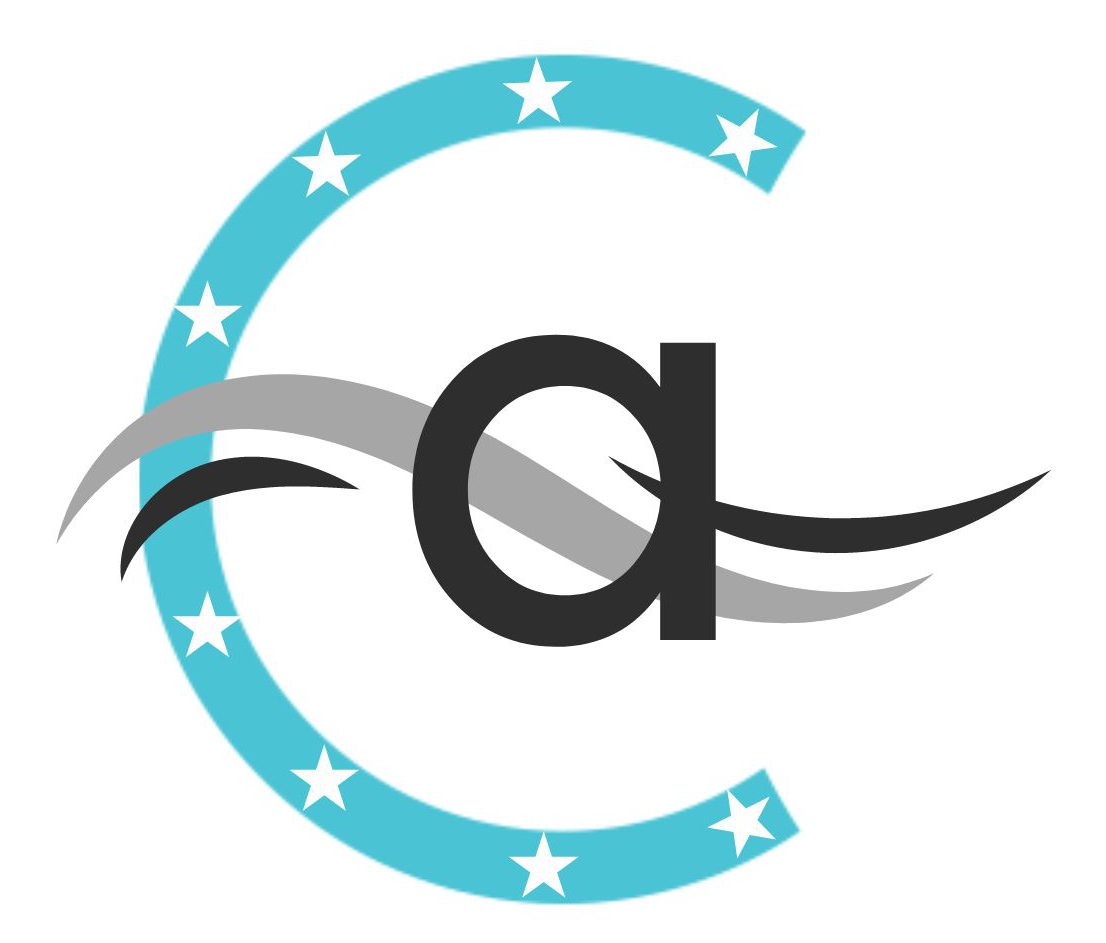- Get in touch:
- (844) 203-9055
- info@ampsamerica.com

Patient’s worries emerge over charge masters at Pittsburgh’s regional hospital
October 4, 2014
Medical costs up to 20% higher at hospital-owned physician groups, study finds
October 30, 2014Seems like every other day, there’s a story about how health care costs are absurd or confounding.
You may have seen the powerful 60 Minutes story last week on how cancer drugs are regularly priced at $100,000 a year, suggesting that pharmaceutical companies essentially charge whatever they think they can get away with. (After Memorial Sloan Kettering doctors wrote in The New York Times that they rejected the colon cancer drug Zaltrap, due to its $11,000-a-month cost, manufacturer Sanofi cut the price by more than half.)
Now comes a numbing study and related research from the excellent website about health and money — NerdWallet Health — showing just how out of whack medical billing has become — especially for people in their 40s, 50s and 60s.
Confusing, Surprising Medical Bills
The site found that American health care consumers are confused about their medical bills, often owe more than they expect and that there’s massive overcharging by hospitals.
Highlights from the NerdWallet Health and Harris Poll survey of 2,016 adults:
- 57% said they’d receive medical bills that confuse them — 64% of those age 45 to 54 and 61% of those 55 to 64.
- 63% said they’ve received medical bills that cost more than they expected. The figure was 68% among those age 45 to 54 surveyed.
- 73% said they could make better health decisions if they knew the cost of medical care before receiving a treatment — 80% of those 45 to 54 said so.
Hospital Billing Errors Are Rampant
NerdWallet Health also studied hospitals’ Medicare billing data compiled by Medicare’s Office of the Inspector General in 2013 and discovered that all of the hospitals had billing errors — that’s right, all of them. In every case, the erroneous billing practices led to overpayments by Medicare (the hospitals were ordered to repay the government once their overcharges were discovered).
Of the Medicare billing claims the government investigated, 49% contained billing errors, resulting in overcharges of up to 26%.
“We believe that if the government —the single largest payer for health care — is consistently billed in error and overcharged, you can only wonder what happens to patients who are not familiar with the health care system or get bills that are confusing to them,” said Christina LaMontagne, general manager of NerdWallet Health, who ran the study.
What’s more, the hospitals charged a difference of more than 50 times for the same inpatient treatment, with an average of 25 times difference in the lowest and highest charges among the 100 most frequent inpatient procedures covered by Medicare.
For example, while one Arkansas hospital charged $5,379 for the treatment known as “severe intestinal bleeding, perforation, obstruction, infection,” another in California charged $291,965. I realize prices are higher in California than in Arkansas, generally, but 54 times higher?
Higher-priced hospitals don’t necessarily provide higher-quality care. “We’ve tried to find a statistically relevant correlation between cost and quality and haven’t found it,” LaMontagne told me. “Some of the top-ranked hospitals have very average costs.”

